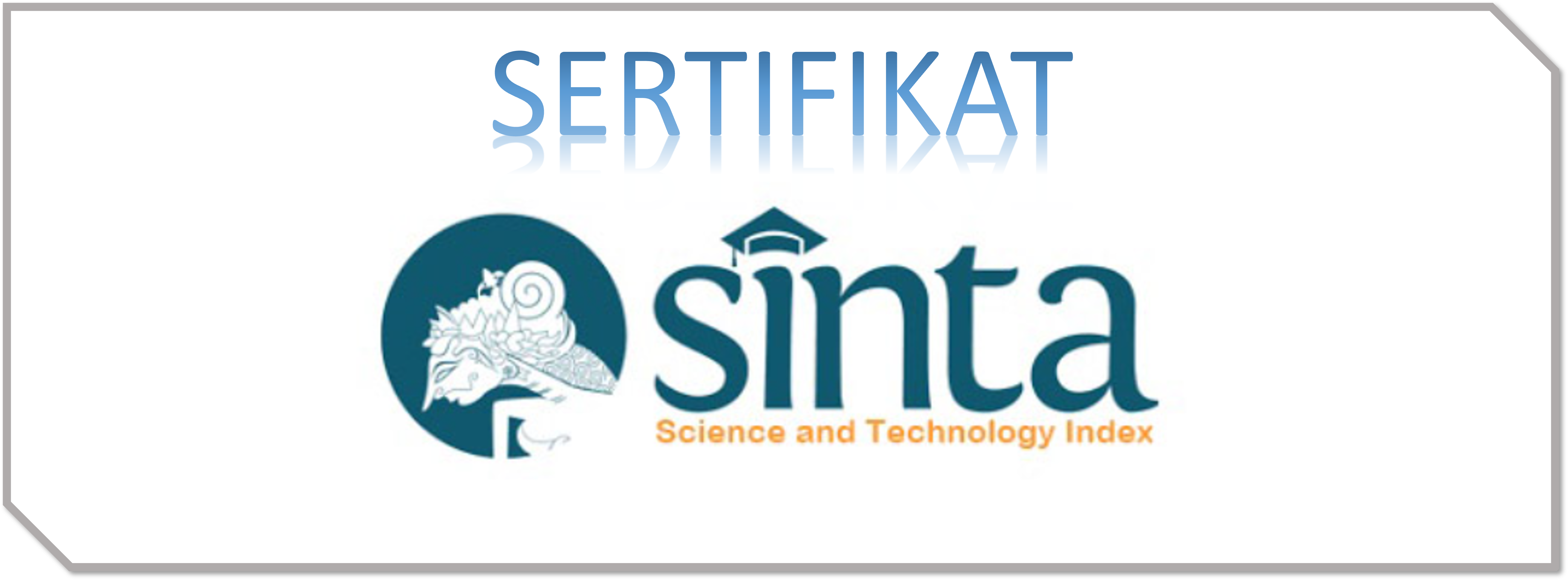STRATEGI PENCEGAHAN PENYALAHGUNAAN NARKOBA PADA REMAJA: TINJAUAN LITERATUR DAN HASIL SEMINAR DI KALIMANTAN TIMUR
DOI:
https://doi.org/10.51878/cendekia.v5i4.7144Keywords:
Narkoba, Kalimantan Timur, Pencegahan, Penyahgunaan, Strategi SosialAbstract
Drug abuse in Indonesia remains a serious problem, including in East Kalimantan, which is recognized as one of the regions with high vulnerability. This article aims to analyze the situation of drug abuse in East Kalimantan based on seminar data and supporting literature, while also examining prevention strategies. The research employed a descriptive qualitative approach using primary data from the Seminar and Declaration of Drug-Free Students: “Smart Generation, Stay Away from Drugs” as well as secondary data from publicly accessible reports of the National Narcotics Board (BNN), the Narcotics Directorate of the East Kalimantan Regional Police, and academic articles. The analysis shows that the teenager age group (13–25 years) constitutes the largest proportion of drug users in East Kalimantan. Geographic factors as a transit area, urbanization, and weak social control exacerbate drug circulation in the region. Preventive efforts should be directed toward community-based strategies involving families, schools, local communities, and government institutions. In conclusion, addressing drug abuse in East Kalimantan requires multi-actor collaboration to reduce the increasing rate of misuse.
ABSTRAK
Penyalahgunaan narkoba di Indonesia masih menjadi permasalahan serius, termasuk di Kalimantan Timur yang dikenal memiliki tingkat kerentanan tinggi. Artikel ini bertujuan menganalisis situasi penyalahgunaan narkoba di Kalimantan Timur berdasarkan data seminar dan literatur pendukung, sekaligus mengkaji strategi pencegahannya. Metode penelitian menggunakan pendekatan kualitatif deskriptif dengan memanfaatkan data primer dari catatan Seminar dan Deklarasi Mahasiswa Bebas Narkoba: “Generasi Cerdas, Jauhi Narkoba” serta data sekunder berupa laporan publik dari Badan Narkotika Nasional (BNN), Ditresnarkoba Polda Kalimantan Timur, dan artikel akademik. Hasil analisis menunjukkan bahwa kelompok usia remaja (13–25 tahun) merupakan pengguna narkoba terbesar di Kalimantan Timur. Faktor geografis sebagai wilayah transit, urbanisasi, dan lemahnya kontrol sosial memperparah peredaran narkoba di daerah ini. Upaya pencegahan perlu diarahkan pada strategi berbasis masyarakat dengan melibatkan keluarga, kampus, komunitas lokal, serta lembaga pemerintah. Kesimpulannya, penanganan narkoba di Kalimantan Timur memerlukan kolaborasi multiaktor agar dapat menekan angka penyalahgunaan yang terus meningkat.
Downloads
References
Alexandrescu, L., & Spicer, J. (2023). The stigma-vulnerability nexus and the framing of drug problems. Drugs: Education, Prevention and Policy, 30(1), 1–13. https://doi.org/10.1080/09687637.2022.2049214
Aridho, A., & Nainggolan, M. (2025). Peran dinas sosial dalam penanganan orang dalam gangguan jiwa (ODGJ) di Kota Medan. SOCIAL: Jurnal Inovasi Pendidikan IPS, 5(3), 896. https://doi.org/10.51878/social.v5i3.6382
Avci, M. (2025). Adolescents’ experiences with substance use: Risks, protective factors and interventions. BMC Psychology, 13(1). https://doi.org/10.1186/s40359-025-03125-w
Badan Narkotika Nasional. (2023). Indonesia drug report 2023. BNN.
Camberos-Barraza, J., et al. (2023). Scientific facts improve cannabis perception and public opinion: Results from Sinaloa, México. Scientific Reports, 13(1). https://doi.org/10.1038/s41598-023-44185-5
Efrizal, W. (2020). Persepsi dan pola konsumsi remaja selama pandemi Covid-19. EKOTONIA: Jurnal Penelitian Biologi, Botani, Zoologi dan Mikrobiologi, 5(2), 43. https://doi.org/10.33019/ekotonia.v5i2.2106
Kaunang, N. F., et al. (2024). Analisis kesesuaian peruntukan ruang kawasan lindung Kota Balikpapan terhadap Rencana Detail Tata Ruang (RDTR) Kota Balikpapan. COMPACT: Spatial Development Journal, 3(1). https://doi.org/10.35718/compact.v3i1.1147
Kementerian Kesehatan Republik Indonesia. (2019). Data dan informasi profil kesehatan Indonesia 2019. https://kemkes.go.id/app_asset/file_content_download/Profil-Kesehatan-Indonesia-2019.pdf
Kurniawan, I., et al. (2024). Penilaian psikometri terhadap profil kepribadian dan keparahan ketergantungan pada klien rehabilitasi NAPZA. HEALTHY: Jurnal Inovasi Riset Ilmu Kesehatan, 3(2), 161. https://doi.org/10.51878/healthy.v3i2.3439
Machdum, S. V., et al. (2017). Restorasi tingkat mikro dalam sistem sosial budaya Indonesia untuk mencegah kematian ibu. Antropologi Indonesia, 37(2). https://doi.org/10.7454/ai.v37i2.8771
Morales, M., et al. (2020). “Pick up anything that moves”: A qualitative analysis of a police crackdown against people who use drugs in Tijuana, Mexico. Health & Justice, 8(1). https://doi.org/10.1186/s40352-020-00111-9
Nawi, A. M., et al. (2021). Risk and protective factors of drug abuse among adolescents: A systematic review. BMC Public Health, 21(1). https://doi.org/10.1186/s12889-021-11906-2
Nurfadilah, N., & Sudaryat, Y. (2021). Kasus narkoba di Indonesia dan upaya pencegahannya di kalangan remaja. Jurnal Penelitian dan Pengabdian kepada Masyarakat (JPPM), 2(3), 391–400. https://doi.org/10.24198/jppm.v2i3.36796
Putri, D. A., & Suryana, Y. (2023). Urbanisasi, kontrol sosial, dan penyalahgunaan narkoba di daerah pertambangan. Jurnal Ilmu Sosial dan Politik, 27(1), 55–70. https://doi.org/10.22146/jsp.61527
Rahadian, D., et al. (2025). Peningkatan kesadaran hukum bagi siswa terhadap bahaya laten korupsi melalui pendidikan anti korupsi. COMMUNITY: Jurnal Pengabdian Kepada Masyarakat, 5(1), 256. https://doi.org/10.51878/community.v5i1.6685
Rahmi, T. A., et al. (2024). Hubungan pengetahuan dan sikap dengan kejadian hipertensi di wilayah kerja Puskesmas Sebulu 1 Kecamatan Sebulu, Kabupaten Kutai Kartanegara. CENDEKIA: Jurnal Ilmu Pengetahuan, 4(4), 510. https://doi.org/10.51878/cendekia.v4i4.3755
Ramli, Y., et al. (2021). A way to save the nation's with drug-free. Proceedings of the International Conference on Community Development, 3(1), 232–237. https://doi.org/10.33068/iccd.vol3.iss1.343
Shafie, A. A.-H., et al. (2023). An analysis on youth drug abuse: Protective and risk factors in high-risk area. Pertanika Journal of Social Science & Humanities, 31(2), 561. https://doi.org/10.47836/pjssh.31.2.07
Situmeang, S. M. T. (2020). Norm reformulation and reconstruction of narcotics abuser in Indonesia criminal justice system. In Proceedings of the International Conference on Law, Economics and Health (ICLEH 2020). Atlantis Press. https://doi.org/10.2991/aebmr.k.200513.043
Skripsiwati, L. E., et al. (2025). Hubungan dukungan keluarga dengan kepatuhan minum ARV (antiretroviral) pada ibu balita ODHIV di wilayah kerja Puskesmas Kencong Jember. HEALTHY: Jurnal Inovasi Riset Ilmu Kesehatan, 4(3), 309. https://doi.org/10.51878/healthy.v4i3.7047
Surya, B., et al. (2020). The complexity of space utilization and environmental pollution control in the main corridor of Makassar City, South Sulawesi, Indonesia. Sustainability, 12(21), 9244. https://doi.org/10.3390/su12219244
United Nations Office on Drugs and Crime. (2022). World drug report 2022. UNODC.
Widowaty, Y., et al. (2023). Reconstruction of legal protection of justice collaborators in narcotic criminal cases. E3S Web of Conferences, 440, 04017. https://doi.org/10.1051/e3sconf/202344004017


















